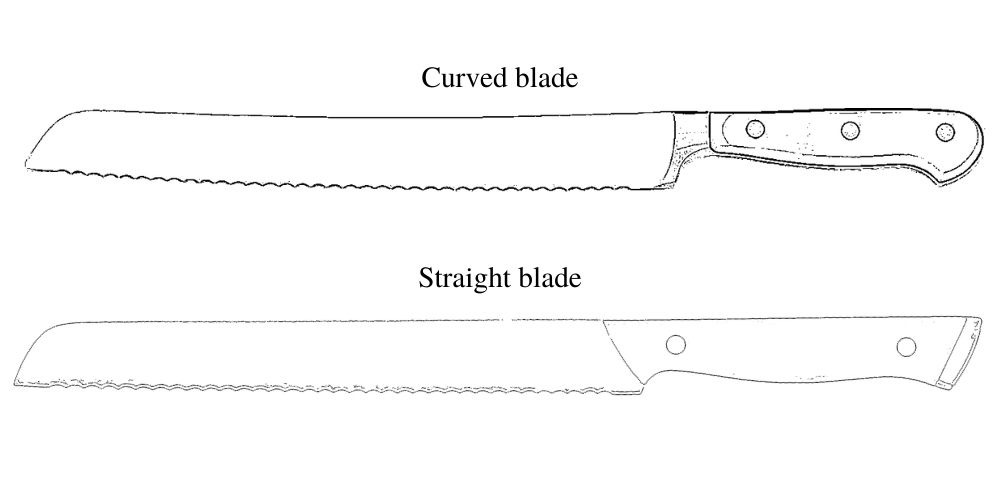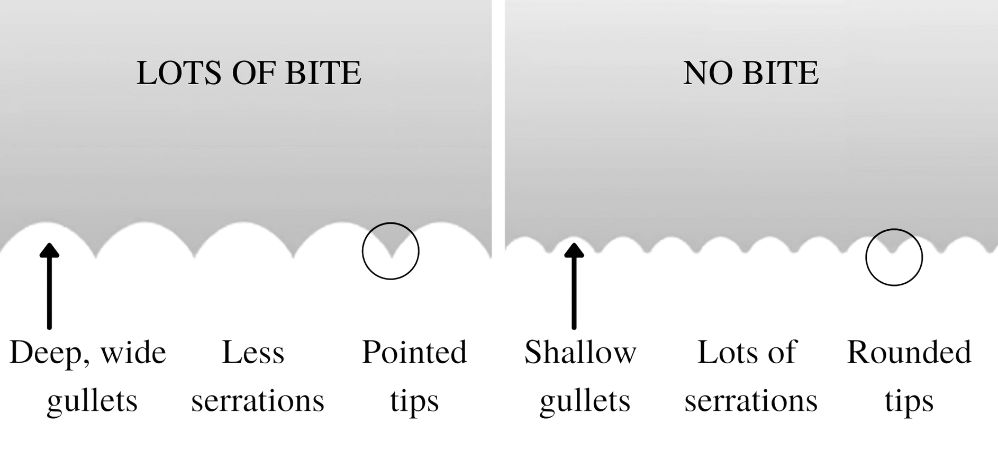A bread knife is one of the most essential tools in the kitchen—right after the chef’s knife. It’s not just for slicing bread and pastries but also for cutting delicate foods like skinned fruits, cakes, and stacked sandwiches without crushing them.
With so many options on the market, how do you pick the best bread knife? Not all knives are created equal, and small design differences can have a big impact on performance. In this guide, we’ll break down the key factors to consider when choosing the right bread knife for your kitchen.
How Does a Bread Knife Work?
Unlike a standard chef’s knife that cuts with a sharp edge and downward pressure, a bread knife uses a serrated blade that functions like a saw. This means: ✅ You move the knife back and forth rather than pushing straight down.
✅ The serrations help cut through crusty exteriors without crushing soft interiors.
✅ A good bread knife minimizes crumbs and keeps slices even.
Now, let’s dive into what to look for when choosing the best bread knife.
1. Blade Length – Opt for a Longer Blade
Most bread knives come in 8 to 10 inches, but longer is better.
🔹 Why choose a longer blade?
- Less back-and-forth movement for smoother cuts.
- Works better with bread slicing guides.
- Easier to cut large loaves, cakes, or even watermelons.
✔️ Recommended blade length: 10–12 inches.
2. Blade Shape – A Slight Curve for Better Performance
A curved (slightly bowed) blade makes cutting easier, especially for crusty bread.
🔹 Why does blade shape matter?
- A straight blade applies even pressure but requires more force.
- A slightly bowed blade makes cutting crusty bread easier by applying progressive pressure as you saw through.
✔️ Look for a slight curve near the tip for effortless slicing.

3. Serration Type – Choose Sharp, Pointy Teeth with a Deep Gullet
The serration design plays a huge role in cutting efficiency.
🔹 What to look for?
- Sharp, pointed teeth require less pressure and make cleaner cuts.
- Fewer, deeper teeth (wider gullet) reduce friction, meaning smoother slicing and fewer crumbs.
- Rounded teeth or small serrations tend to crush soft bread rather than slicing cleanly.
✔️ Choose a knife with sharp teeth and a large gullet for best performance.

4. Blade Thickness – Go for a Thin Blade
A thin blade makes cutting more precise and allows for clean, even slices.
🔹 Why avoid thick blades?
- Thick blades have a blunt cutting angle that tears bread rather than slicing it.
- Many bread knives are made from cheap, thick steel (2–2.5mm), which is harder to handle.
- A thinner blade (1.5mm or less) is easier to maneuver and cuts better.
✔️ Ideal thickness: 1.5mm for precise cuts.
5. Edge Grind – Opt for a Double-Sided Taper Grind
The sharpness of a bread knife depends on how it’s ground and beveled.
🔹 What’s the best edge grind?
- Most bread knives have a chisel grind (sharpened on one side).
- Higher-quality knives feature a double taper grind for smoother, more efficient cutting.
- A narrow-angle edge makes it easier to cut thin slices without tearing.
✔️ Look for a double grind blade for superior performance.
Final Thoughts: What to Look for in the Best Bread Knife
When shopping for a bread knife, follow these golden rules:
✅ Blade Length: 10–12 inches for smoother cuts.
✅ Blade Shape: Slightly curved for easy slicing.
✅ Serration Type: Sharp, deep teeth with a large gullet.
✅ Blade Thickness: Thin (1.5mm) for precise slices.
✅ Edge Grind: Double taper grind for superior sharpness.
By choosing the right bread knife, you’ll enjoy effortless slicing—whether it’s crusty sourdough, soft sandwich bread, or even delicate pastries.
Looking for a high-quality bread knife? Albert&Grace’s premium bread knives are designed for durability, precision, and effortless cutting. Upgrade your kitchen today!
